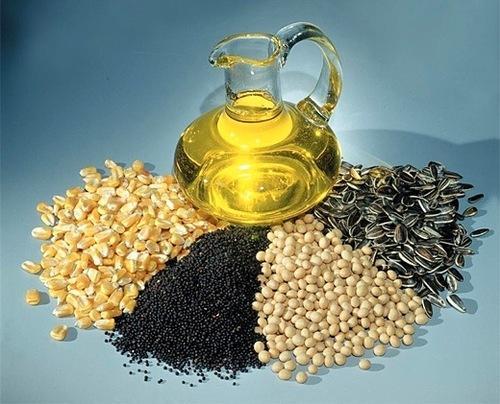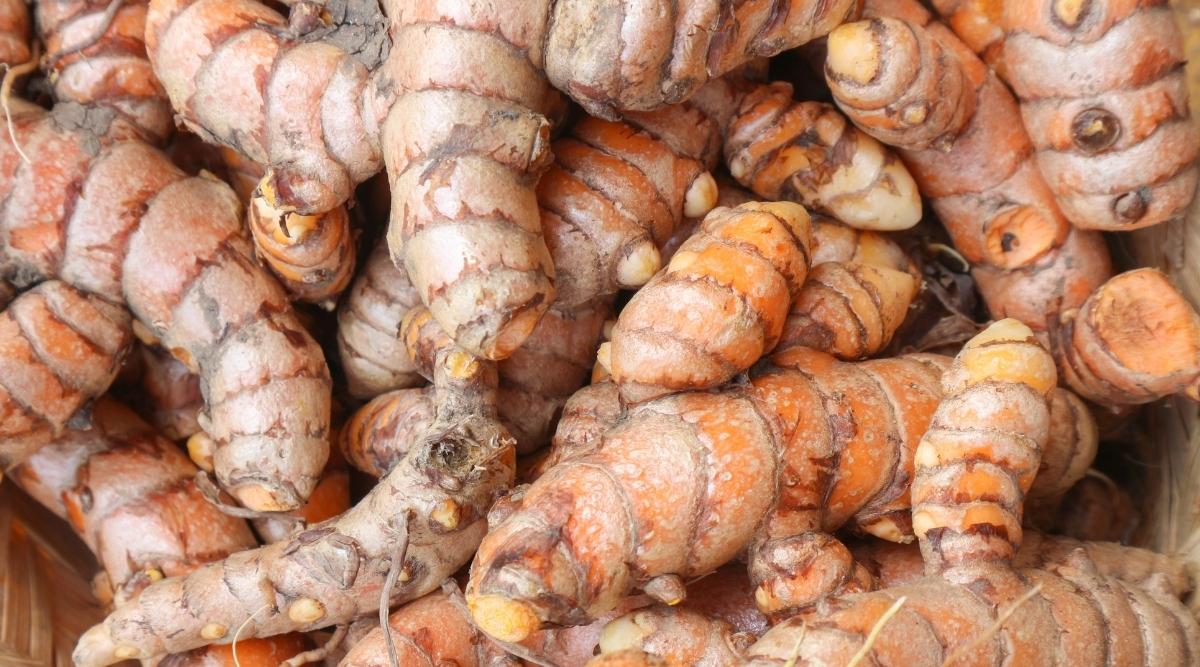The first half of the oil year 2022–23, which began in October, saw a 110 percent increase in soya meal and valueadded soya product exports. This was mostly due to large purchases made by Vietnam and its neighbors Bangladesh and Nepal. According to the Soybean Processors Association of India (SOPA), the shipment of meals increased from 4.74 lakh tonnes in the previous period to 9.99 lakh tonnes for the months of October through March of the oil year 2022–23.
Soyameal was produced in greater quantities over time, totaling 48.59 lakh tonnes (33.52 lakh tonnes). However, because of the decline in soybean market arrivals in March, crushing also slowed down.
“Farmers are retaining stock owing to dropping soybean prices, which is why arrivals in March were significantly fewer than in February. “Soybean crushing was also less than anticipated. Food made from soybeans saw a decline in demand as well.
We anticipate meeting or slightly exceeding the 14 lakh tonnes export goal for soybean meal, according to DN Pathak, Executive Director of SOPA. Around 4.34 lakh tonnes (lt) of soya meal have been purchased by Vietnam, accounting for nearly 43% of all shipments from India. Bangladesh was the largest seller, with Nepal coming in second. The US, Japan, Sri Lanka, and Thailand are just a few of the countries that import a lot of Indian soya meals.
Compared to the 6.44 lt logged in the previous year, SOPA has set a goal export volume of 14 lt. According to SOPA, 120.4 lt of soybean would be produced during the 2022 kharif season. The total availability is predicted to be 147.55 lt when they carry forward stockpiles of 25.15 lt and probable imports of 2 lt are taken into account. Market arrivals of the bean increased by 26% from 61 lt in October 2017 to 77 lt in October 2018. Soybean imports are down from 2.48 lt a year ago to 1.57 lt currently.

